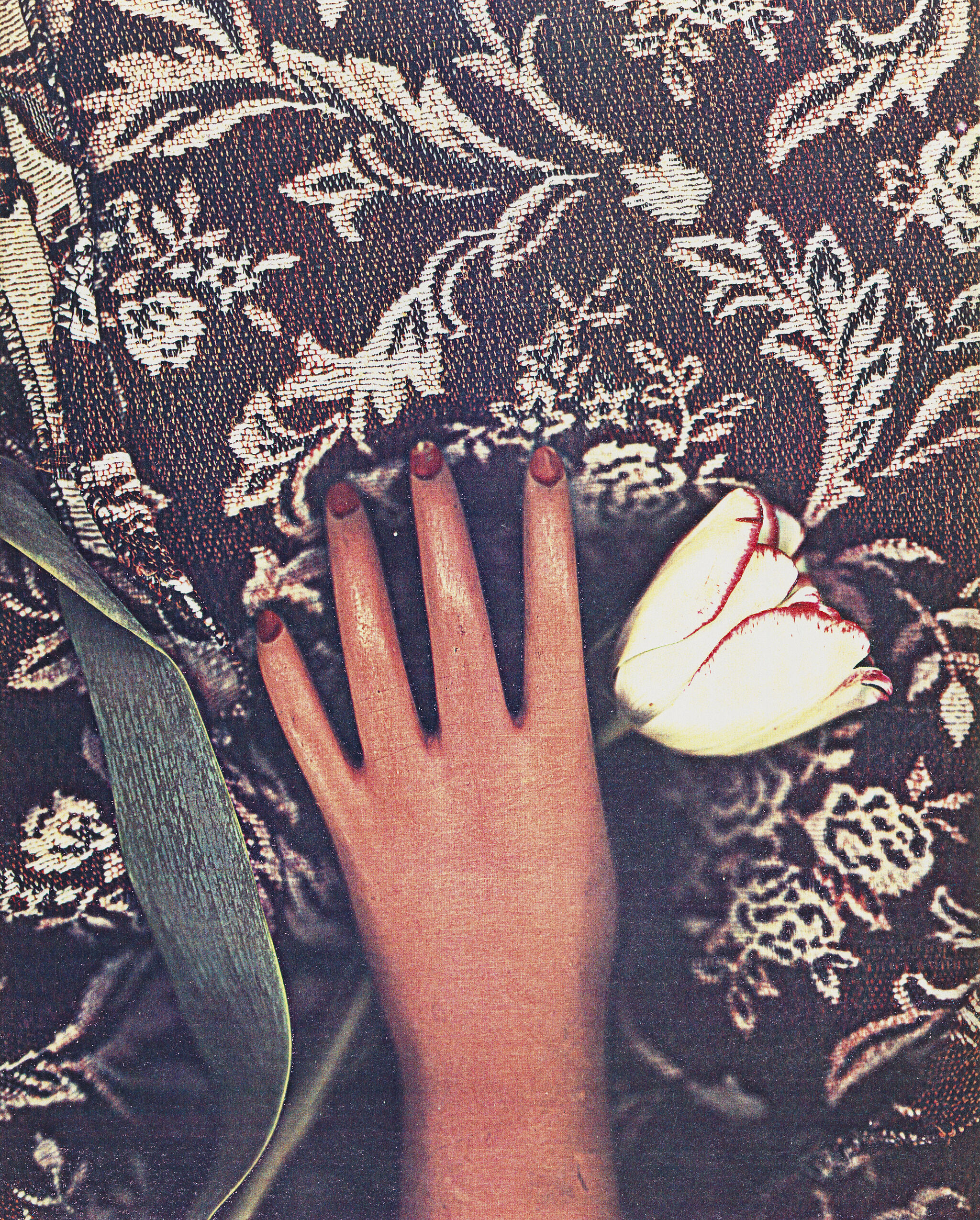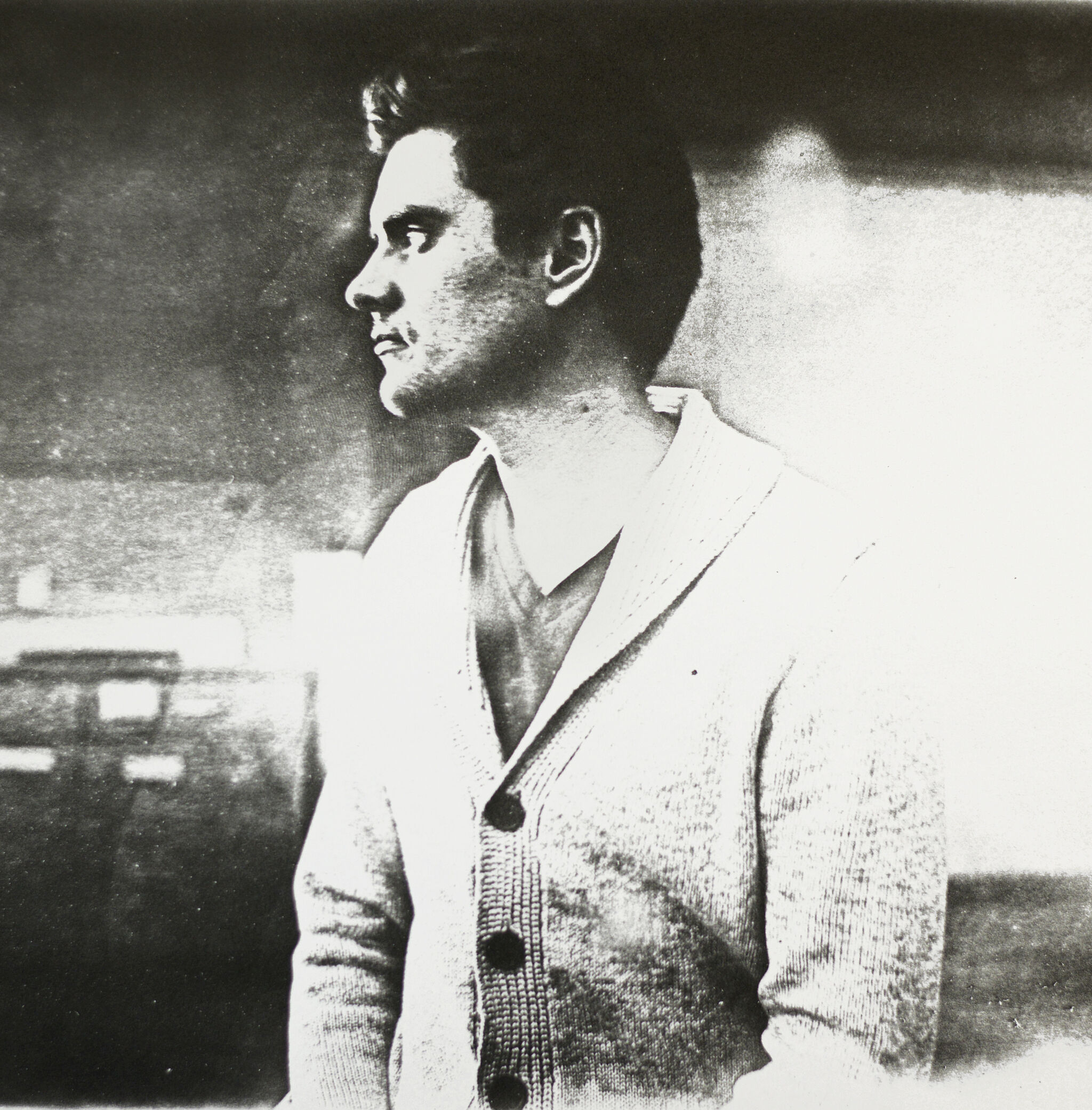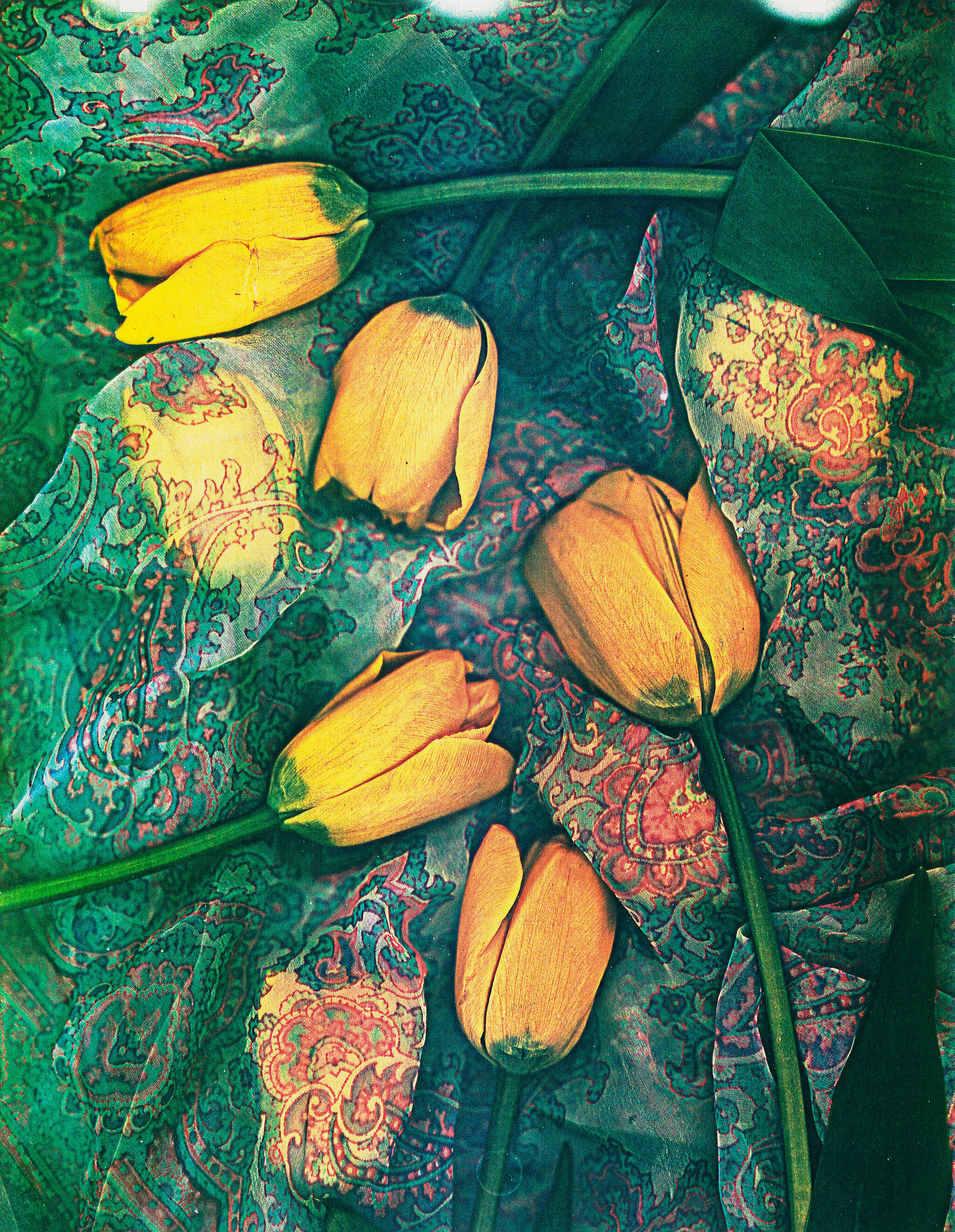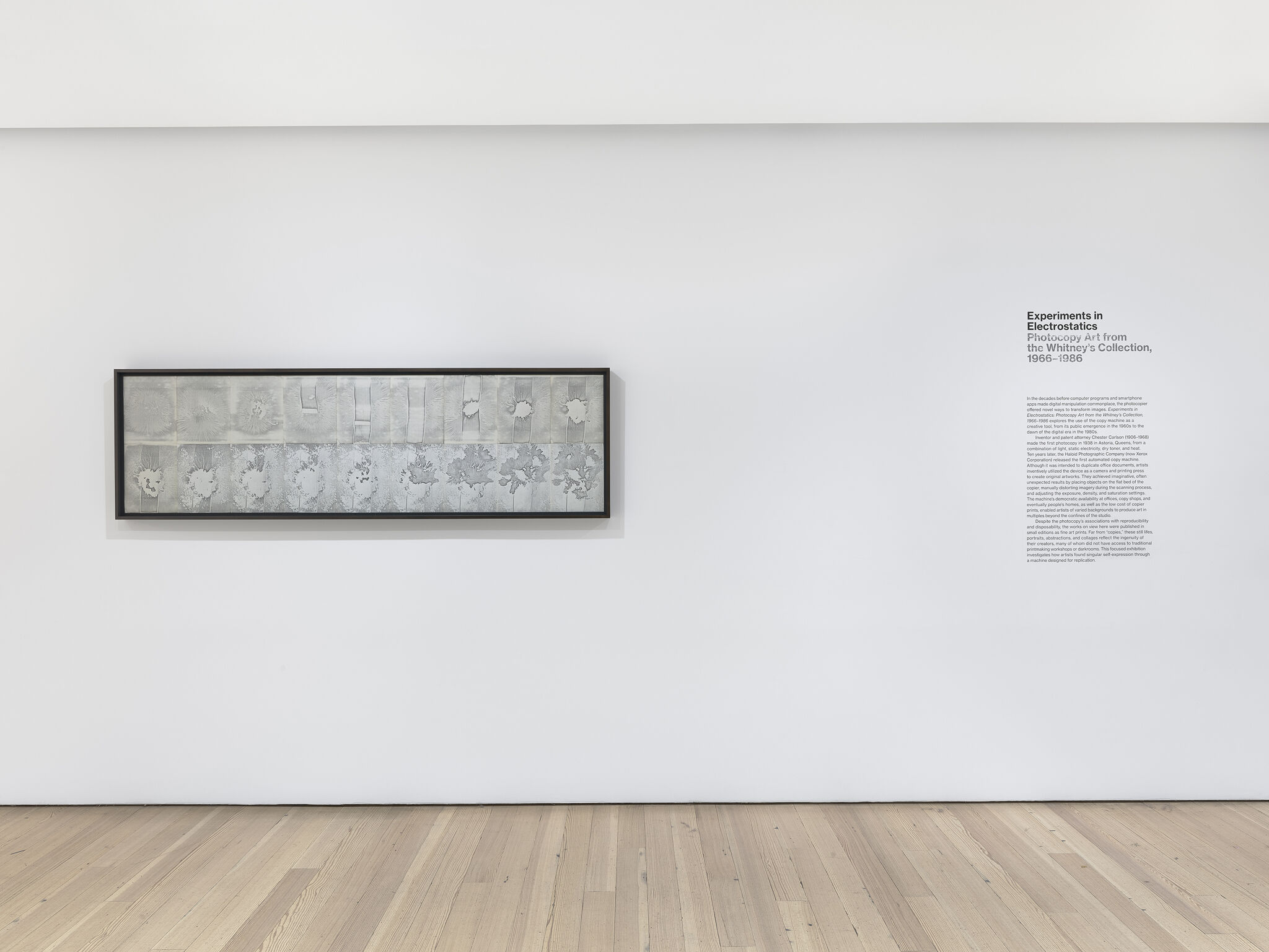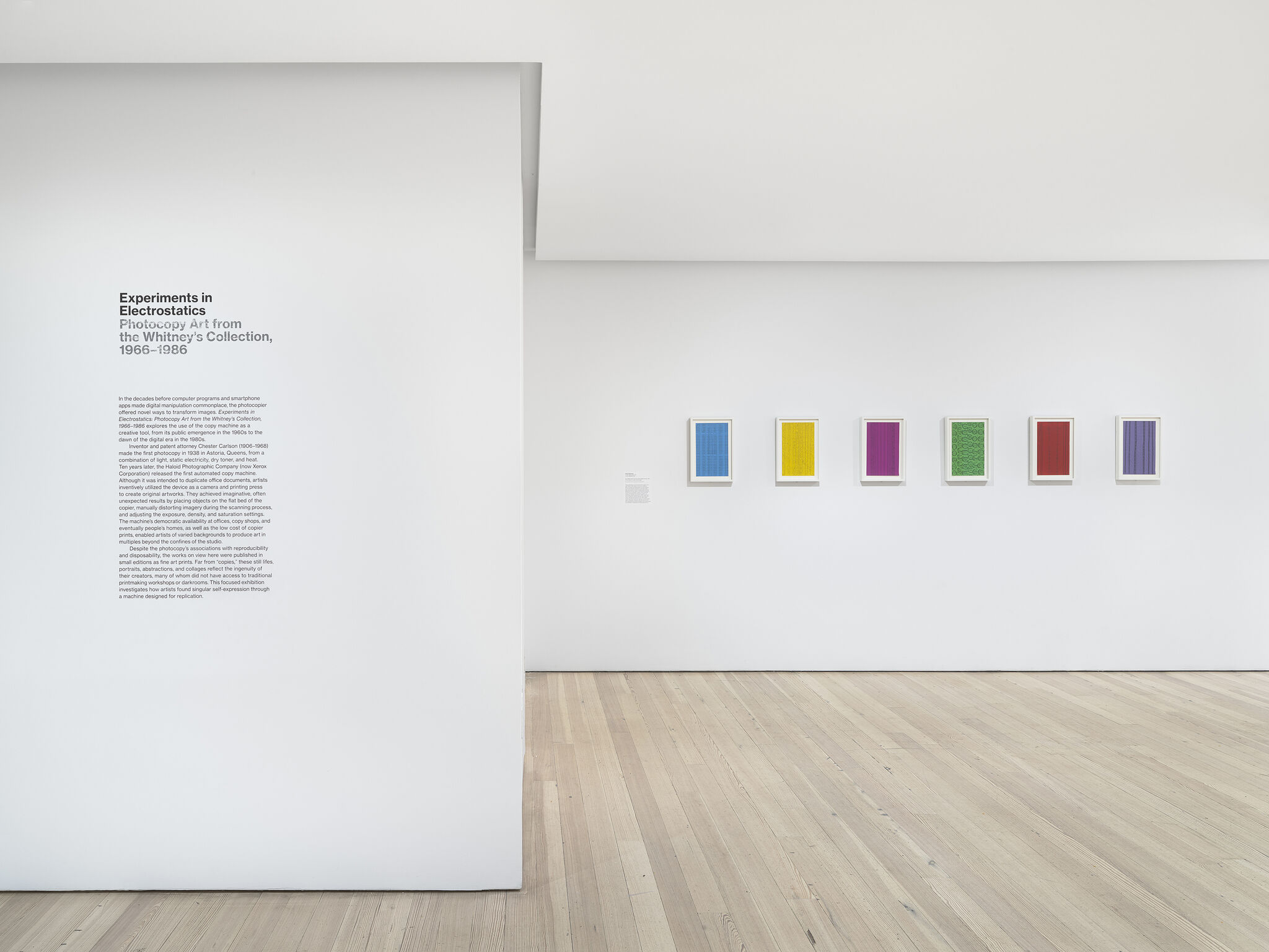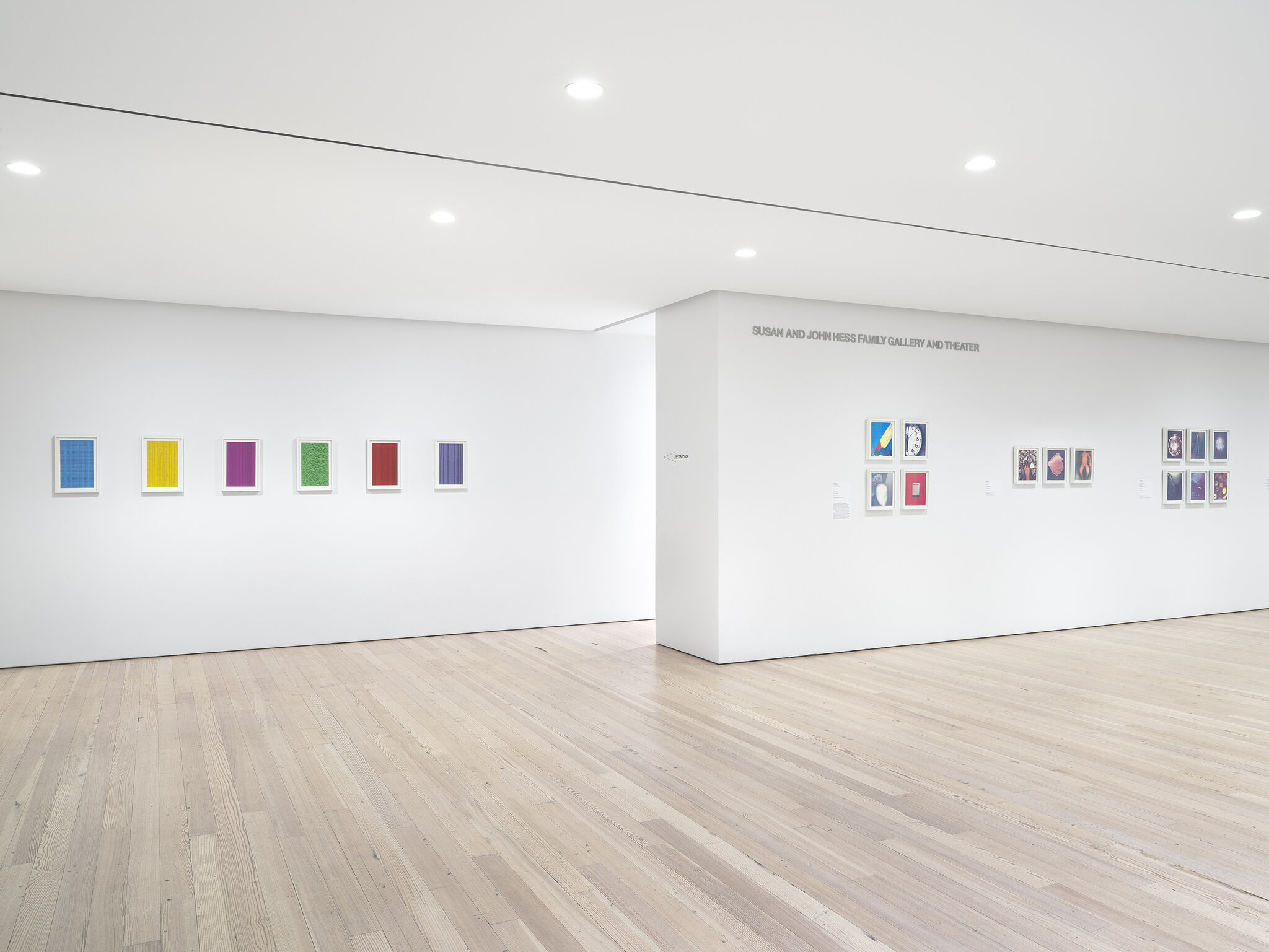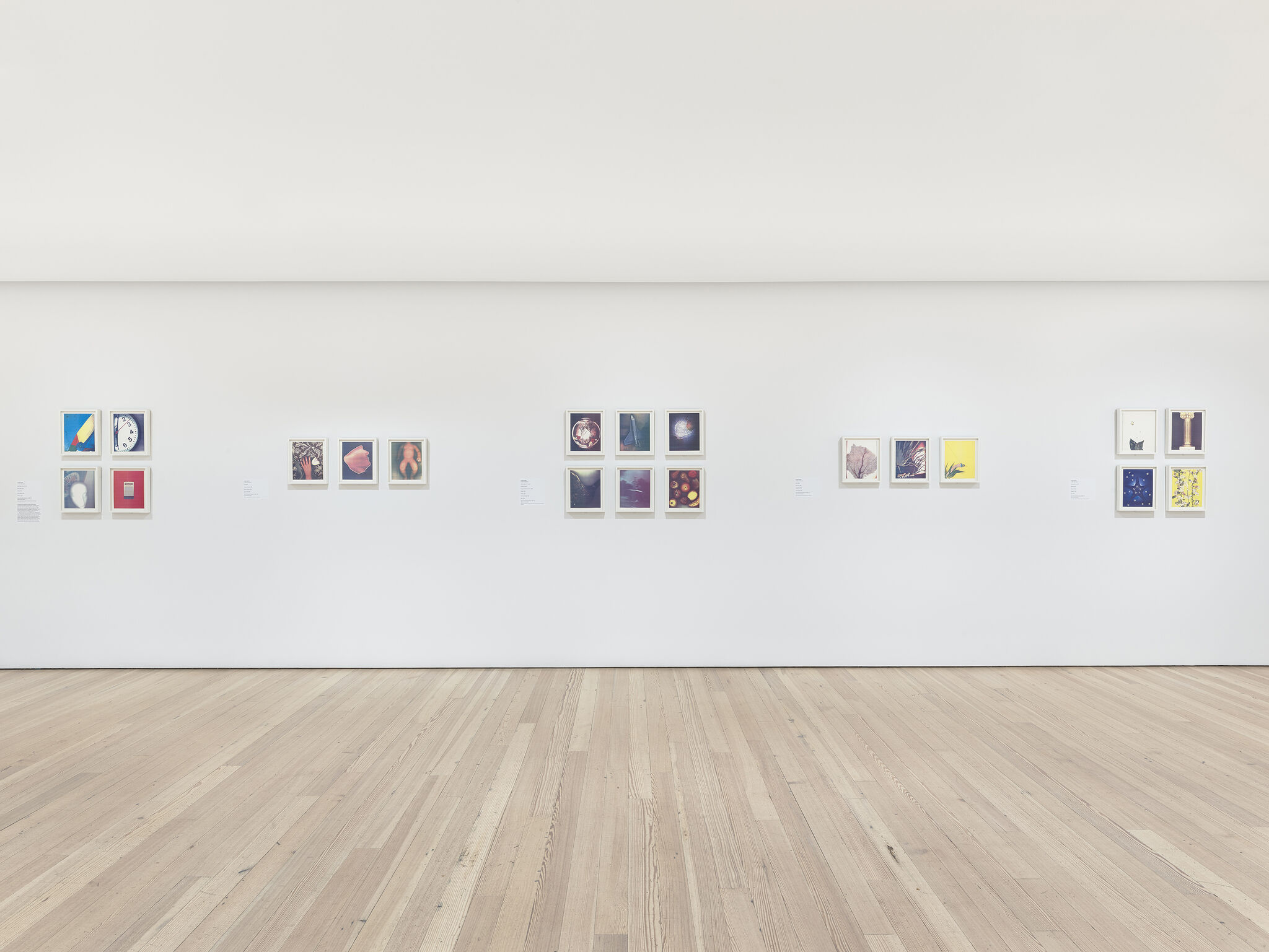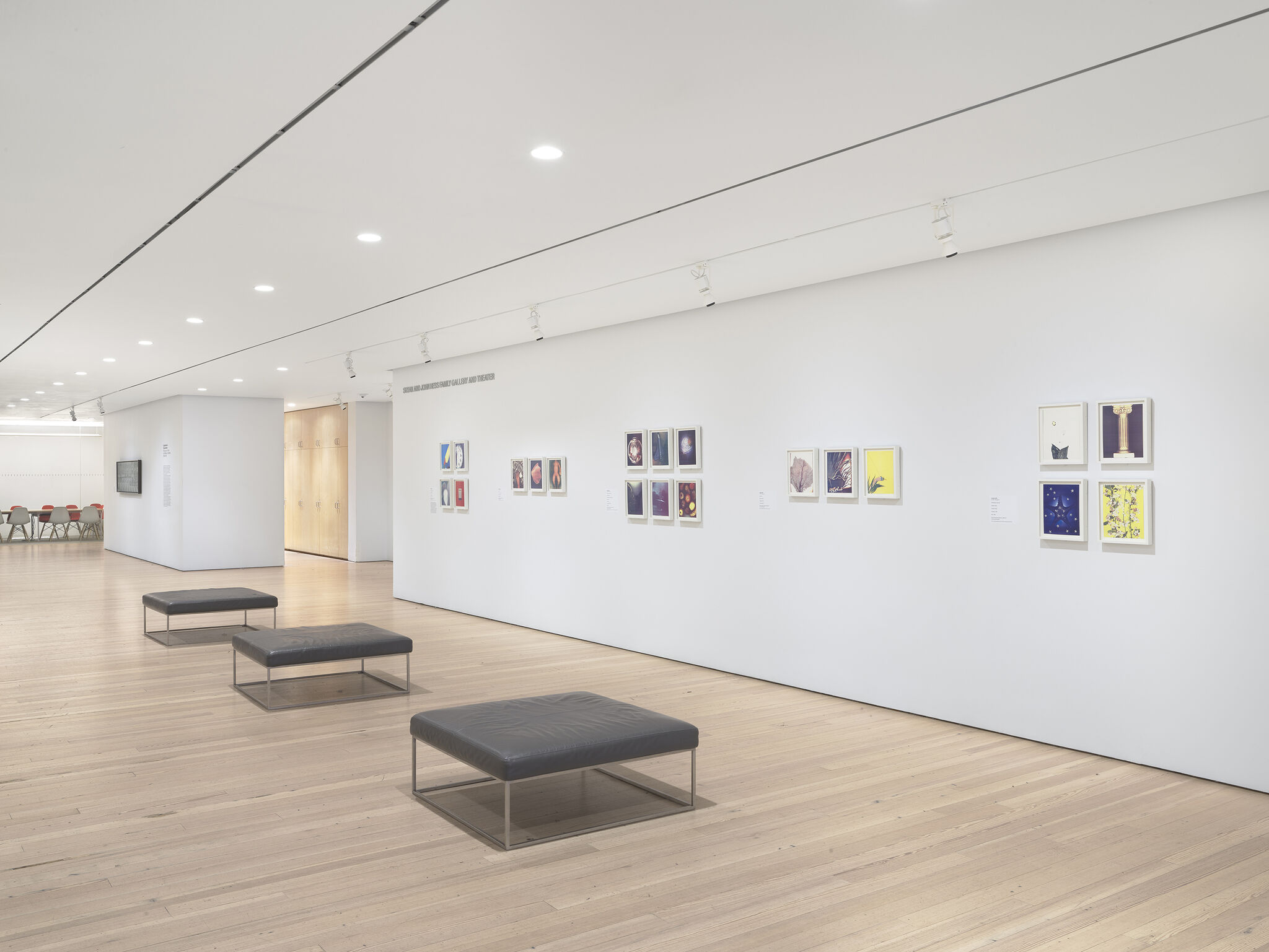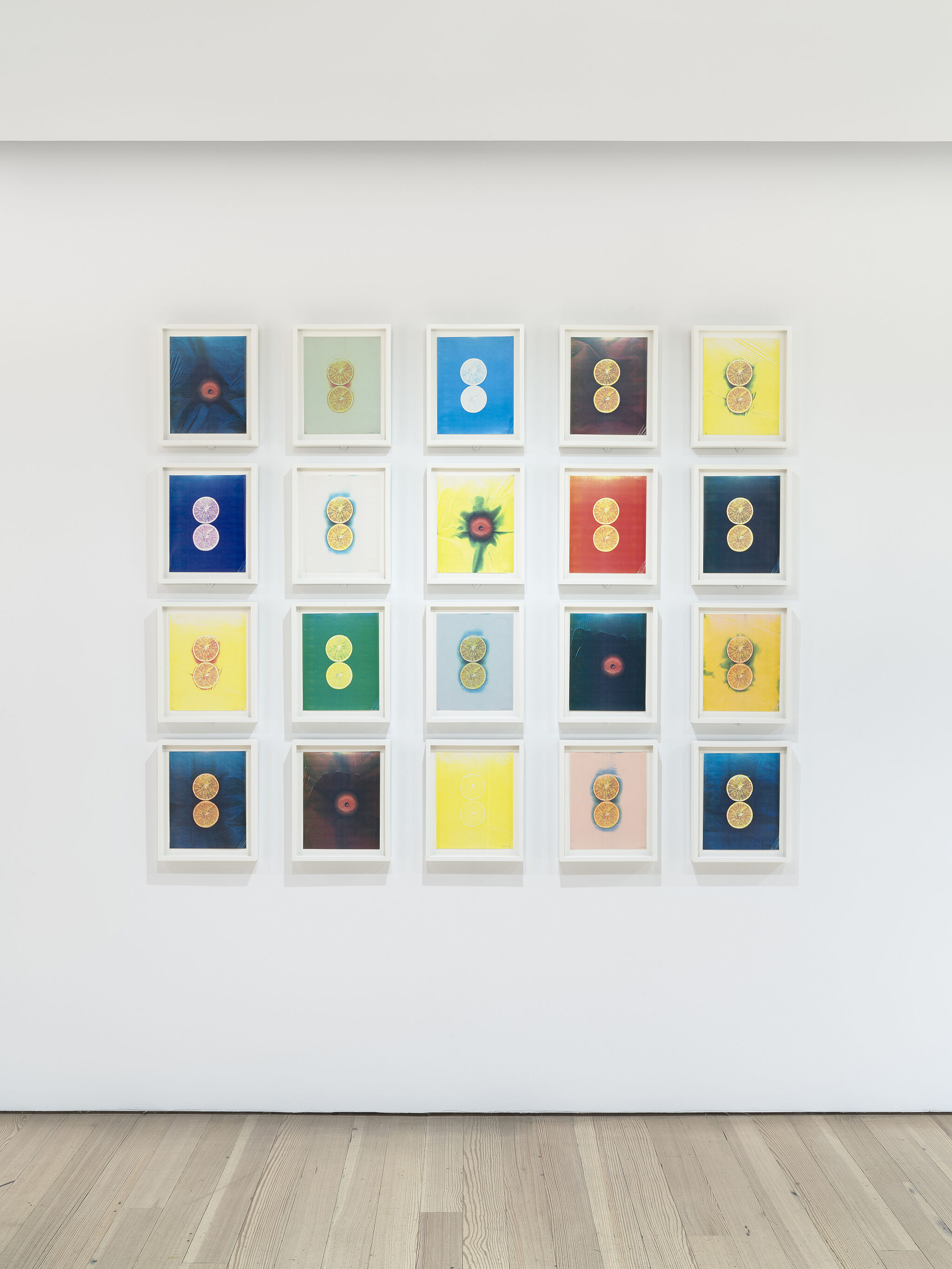Experiments in Electrostatics:
Photocopy Art from the Whitney’s
Collection, 1966–1986
Nov 17, 2017–Mar 25, 2018
Experiments in Electrostatics: Photocopy Art from the Whitney’s Collection, 1966–1986 explores the use of the photocopier as a creative tool, from its public emergence in the 1960s to the dawn of the digital era in the 1980s. Despite the machine’s intended function to reproduce office documents, artists inventively utilized it as a camera and printing press to create original fine art prints. They placed objects on the flatbed, distorted imagery in the process of scanning, and manipulated the exposure, density, and saturation settings to achieve imaginative, often unexpected results. Far from “copies,” these still lifes, portraits, abstractions, and collages reflected the ingenuity of their makers. Focusing on three artists and one collective—Edward Meneeley, Lesley Schiff, Barbara T. Smith, and the International Society of Copier Artists—this exhibition investigates how artists found self-expression through a machine designed for replication.
Experiments in Electrostatics is organized by Michelle Donnelly, curatorial fellow.
Barbara T. Smith
1
Though best known as a pioneer of performance art, Barbara T. Smith (b. 1931, Pasadena, CA) was also one of the earliest artists to employ the photocopier. After rejection by the Los Angeles printmaking workshop Gemini G.E.L., she realized “lithography is in any case obsolete . . . We’re in the twentieth century and logically the print [technology] of our era would be the business machine!”
Working with a leased Xerox 914 in her dining room, Smith photocopied what was most readily available: foodstuffs, family photographs, and her own body. She created God’s Breath by pouring, blowing, and scraping flour across the copier’s flat bed. Her use of a domestic material often associated with the “feminine” slyly pokes at the male-dominated tradition of abstract painting.

